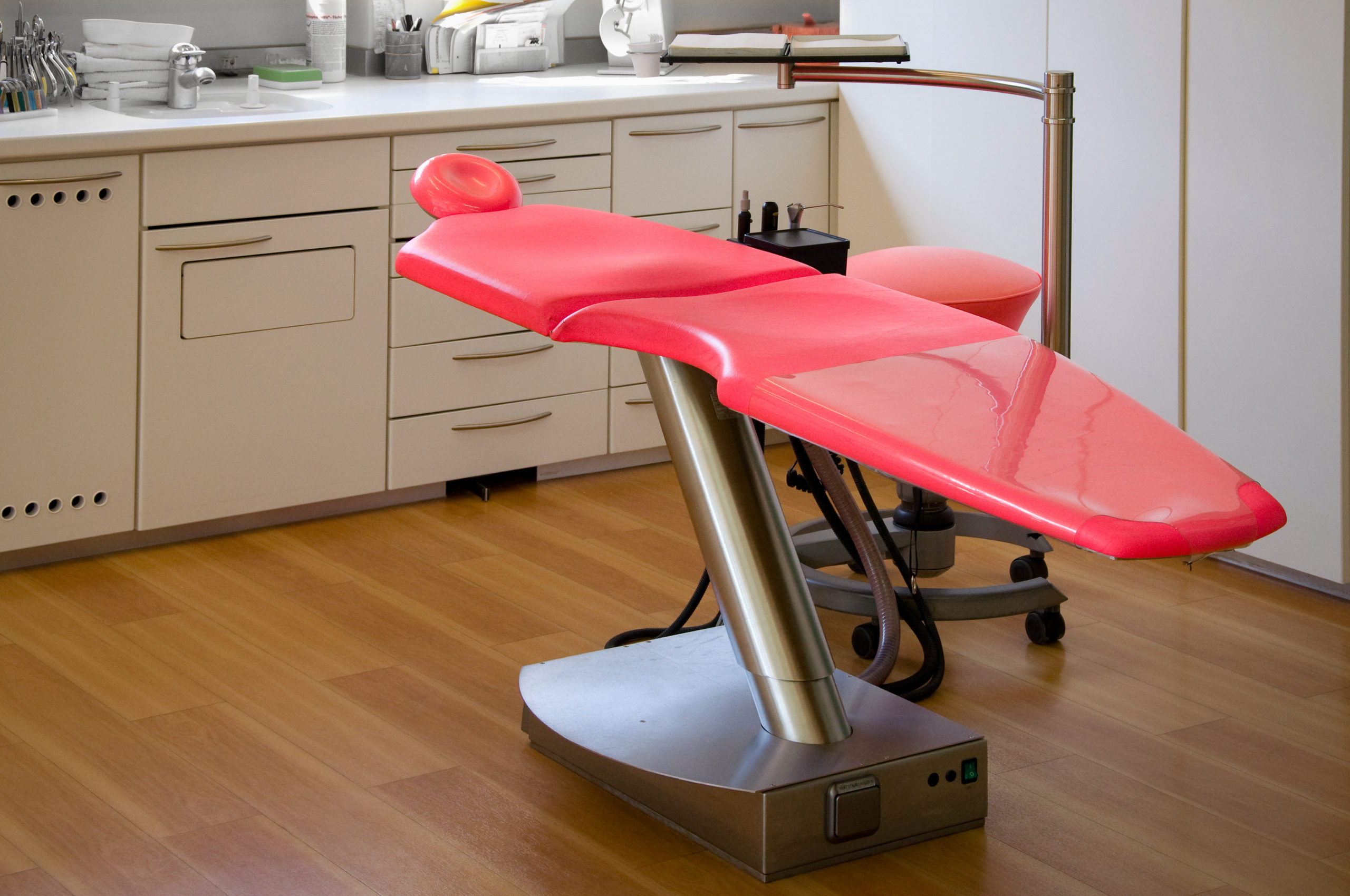The thought of heading to the doctor for a procedure that requires local anesthesia probably doesn’t seem like that big of a deal. However, imagine if you were going to feel everything that was happening during the procedure. Well for some, this horrible nightmare is a reality. In very rare cases, some individuals have a resistance to local anesthesia, and no matter the amount received, they can still feel pain.
In a report from the BBC, a woman named Lori Lemon, discusses how since she was young she has always had to go to the dentist and other doctors expecting to endure pain. Even after crying out during dental procedures, doctors never took Lori seriously. She describes a visit to the dentist as a young child when her condition first became apparent, “They started working on me and I, being obedient, I just raised my hand and let ’em know, ‘I can feel this’,” she says. Another injection still proved that she had a resistance to local anesthesia. “Finally I just kind of screamed and was in tears the whole time.”
When she recently visited the Mayo Clinic in Jacksonville for a procedure to remove a lipoma from her elbow, an anesthesiologist noticed that none of their methods were working and knew something had to be wrong. Dr. Steven Clendenen, the anesthesiologist at the clinic, said “The nerves were flooded with local anaesthetic and at the time it didn’t work.” Clendenen decided to research this issue further and found that while there were other cases of this same problem, there was hardly any answers as to why patients had a resistance to local anesthesia.
After finding out Lemon’s mother and maternal half-sister also suffer from a similar type of resistance to local anesthesia, he decided to do a genetic study on the family. Doctors discovered a genetic defect which was directly related to a specific sodium channel in the body, sodium 1.5. “We looked at the genetics of that and went, ‘wow’ – [her mother] had the same gene defect,” explains Clendenen. This genetic mutation is significant due to the theory that local anesthetics are successful due to the disruption of sodium channels.
Since sodium 1.5 channels have mostly been studied in heart tissue, not the peripheral nerves where local anaesthetic is applied, there is still a lot of research that needs to be done. “This is really important to get that out there,” said Clendenen. “People don’t believe [these patients] and it’s very frustrating. Even some of my colleagues that I’ve talked to say, ‘I don’t believe it’.” For patients like Lori Lemon, however, this has put light on the issue and gives them some relief knowing there is work being done to figure out this problem.
If you or a loved one is preparing for a procedure, click here to visit our anesthesia information page to learn more.

